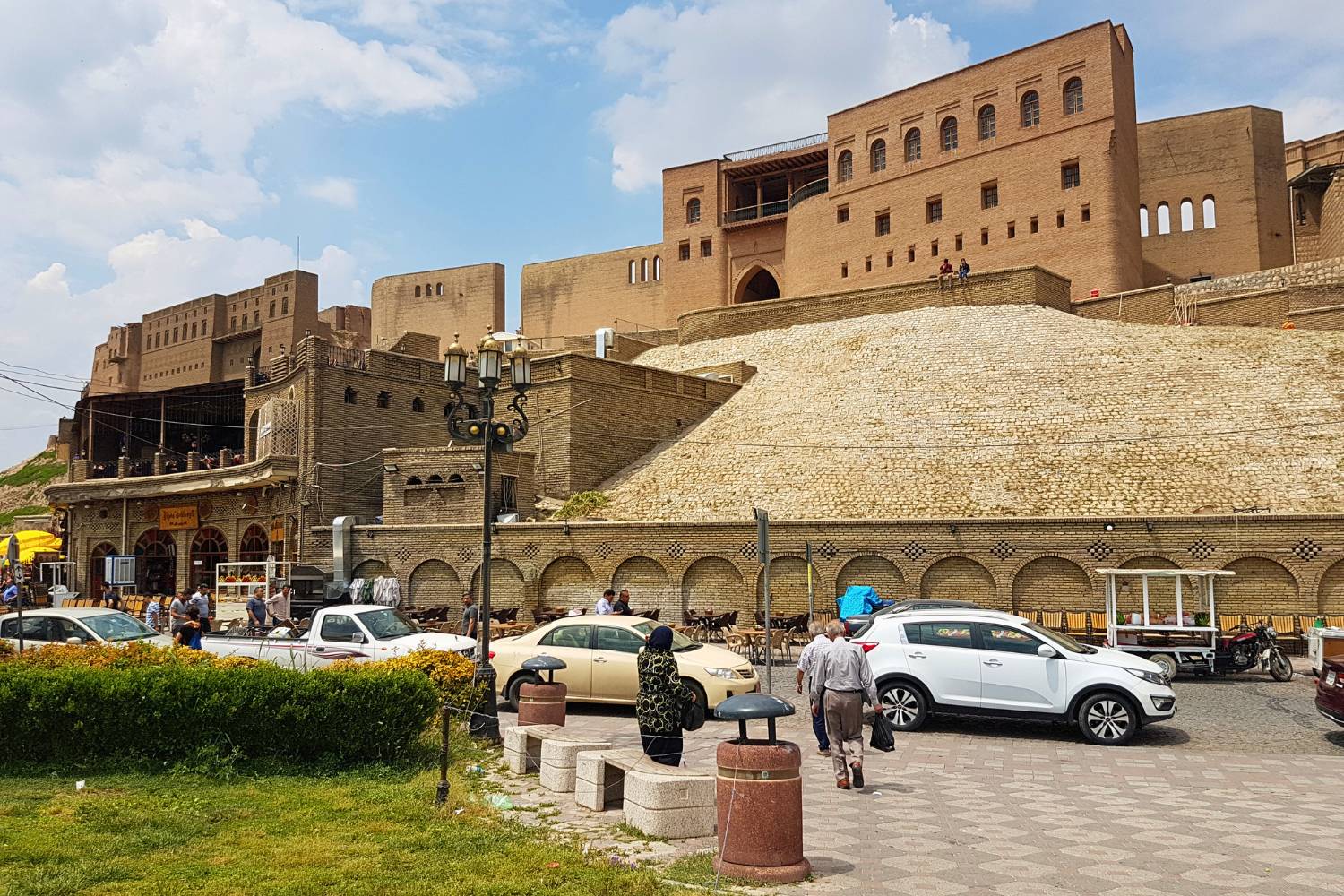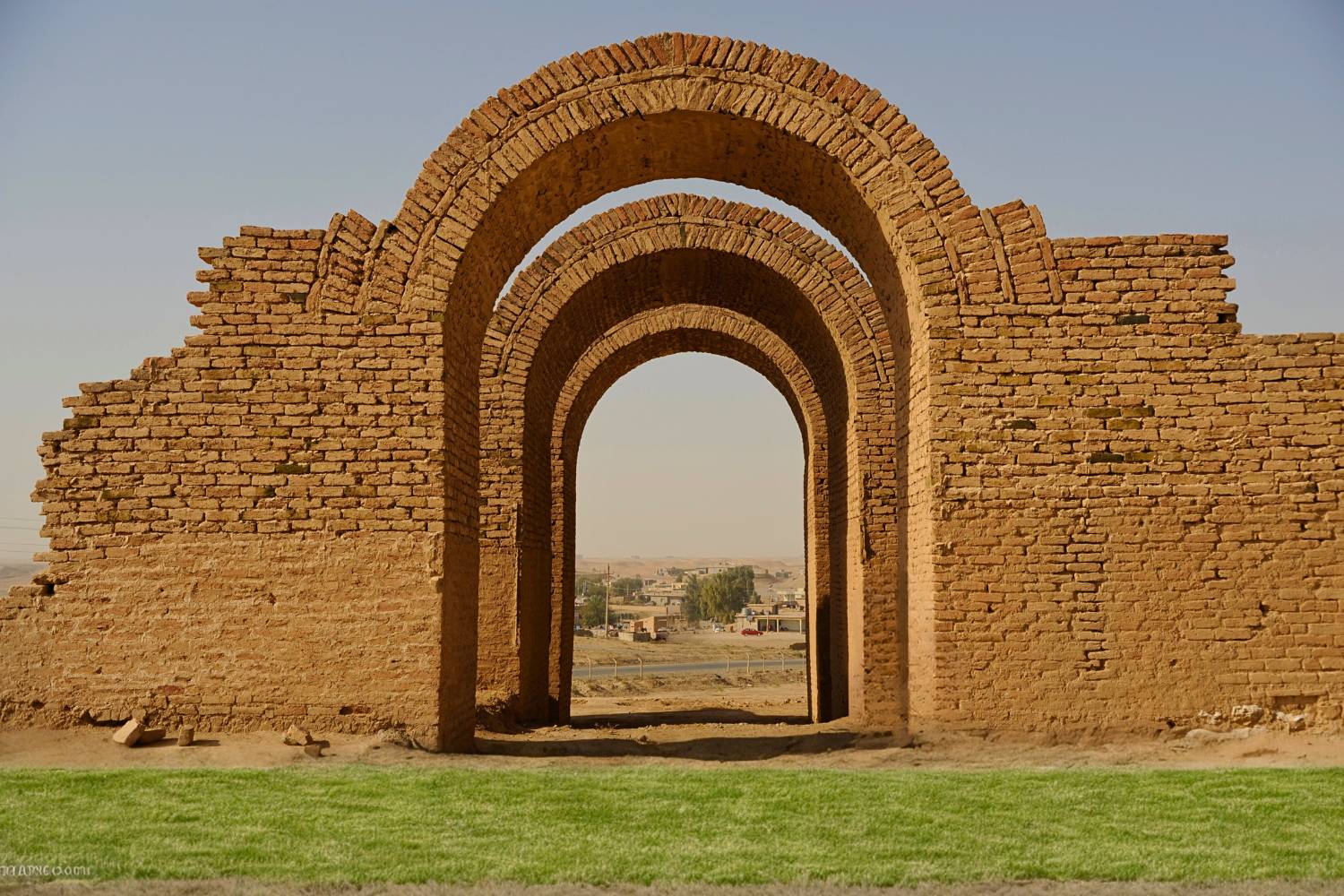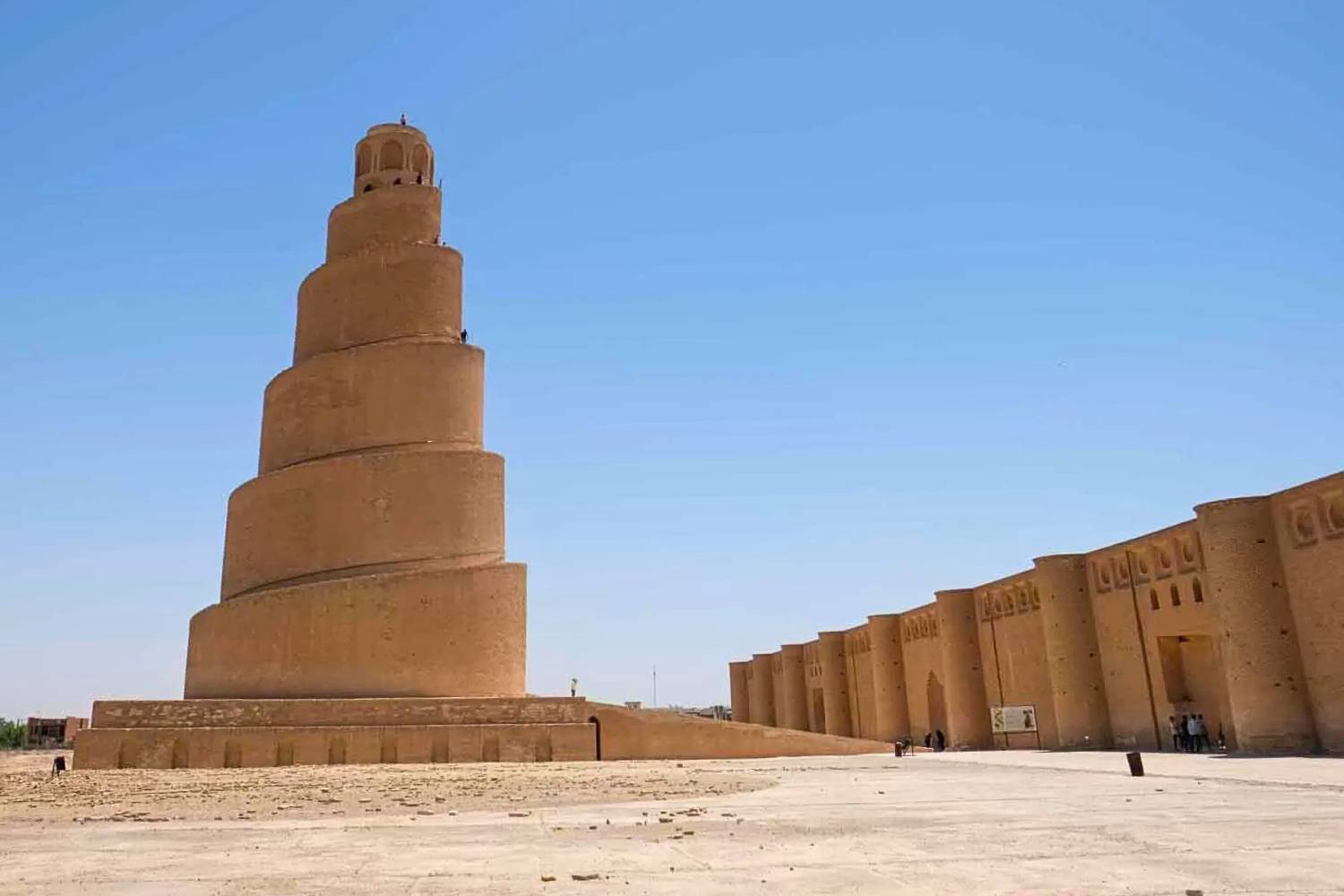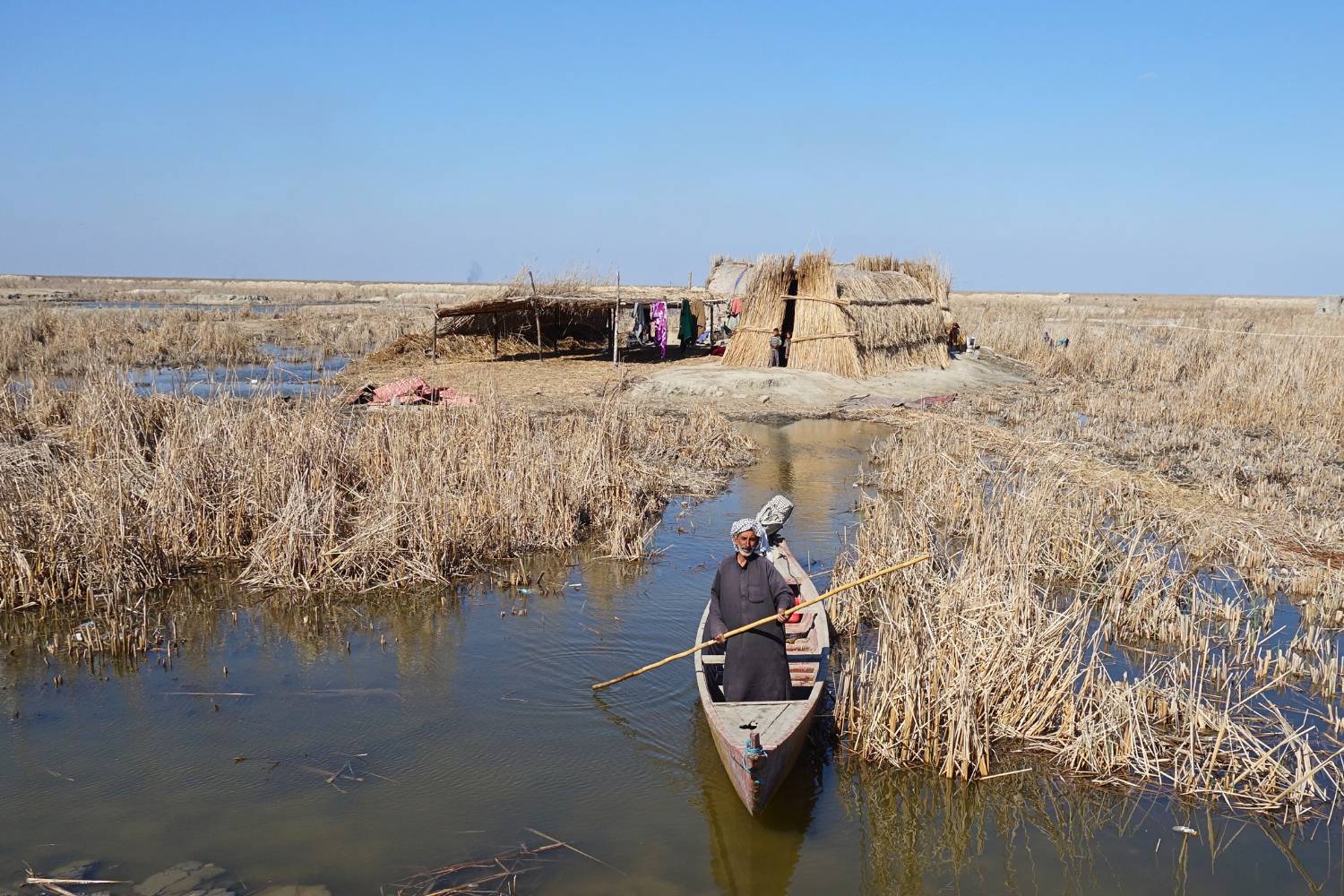When you visit Iraq, remember that it is a land rich in history and that is has six UNESCO World Heritage Sites that reflect its rich cultural heritage and ancient civilizations. From archaeological marvels to Iraq ancient cities, these sites provide a window into the past and are essential stops for any traveler seeking to understand the roots of human civilization. Currently, there are six officially recognized UNESCO World Heritage Sites in Iraq, and 14 sites on the Tentative List, highlighting the country’s vast potential for future cultural recognition. Here, we explore the officially recognized sites, as well as those on the tentative list, which await future acknowledgment, which would be amazing for the Iraq people. These Iraq UNESCO sites are not only of immense historical and Iraq culture importance but also play a crucial role in the promotion of Iraq tourism. They represent the diverse and rich heritage of Iraq, making it a fascinating destination for history enthusiasts and travelers alike.
UNESCO World Heritage Sites in Iraq
| Name of Site | Date of UNESCO Inclusion | Date of Historical Foundation | Importance |
|---|---|---|---|
| Hatra | 1985 | 2nd or 3rd century BCE | Major fortified city of the Parthian Empire, significant for its blend of Hellenistic and Roman architecture with Eastern decorative elements. |
| Ashur (Qal’at Sherqat) | 2003 | 3rd millennium BCE | Ancient capital of the Assyrian Empire, significant religious and administrative center in Mesopotamia. |
| Samarra Archaeological City | 2007 | 9th century CE | Capital of the Abbasid Caliphate, known for its unique architectural styles and the Great Mosque with its spiral minaret. |
| Erbil Citadel | 2014 | 5th millennium BCE | One of the oldest continuously inhabited sites in the world, representing various layers of human settlement over millennia. |
| The Ahwar of Southern Iraq: Refuge of Biodiversity and the Relict Landscape of the Mesopotamian Cities | 2016 | Ancient Mesopotamian period | Unique wetland area providing habitat for numerous species and containing ruins of ancient cities, reflecting the biodiversity and ancient civilizations of Mesopotamia. |
| Babylon | 2019 | 2nd millennium BCE | One of the most famous cities of the ancient world, known for the Hanging Gardens, Ishtar Gate, and its significant role in Mesopotamian history. |
This table showcases the UNESCO World Heritage Sites in Iraq, organized by their date of inclusion, historical foundation, and their significance.
Iraq UNESCO sites

Cultural Iraq UNESCO Sites
- Ashur (Qal’at Sherqat): Ashur, the ancient capital of the Assyrian Empire, is located on the banks of the Tigris River. It was a significant religious center and played a crucial role in the Assyrian civilization. The site includes the ruins of temples, palaces, and defensive structures, making it a vital historical place in Iraq. It offers a profound insight into the early development of urbanization and state formation in Mesopotamia. Ashur UNESCO listing was in 2003.
- Babylon: Babylon, one of the most famous ancient cities, is synonymous with the Hanging Gardens, one of the Seven Wonders of the Ancient World. The ruins of Babylon showcase impressive structures such as the Ishtar Gate and the remnants of the ancient city walls. This site is a testament to the grandeur and ingenuity of ancient Mesopotamian architecture and is among the Iraq UNESCO sites that attract many history enthusiasts. Babylon UNESCO listing was in 2003.
- Erbil Citadel: Situated in the heart of Erbil city, the Erbil Citadel is one of the oldest continuously inhabited sites in the world. The citadel’s layered history spans several millennia, with artifacts and structures from the Sumerian, Akkadian, Assyrian, and later periods. It stands as a symbol of the region’s rich and diverse cultural heritage, being one of the prominent UNESCO World Heritage Sites in Iraq. Erbil UNESCO listing was in 2003.
- Hatra: Hatra was a fortified city under the Parthian Empire and later became a significant center of the Kingdom of Hatra. Known for its well-preserved temples and walls, Hatra is an example of a blend of Hellenistic and Roman architecture with Eastern decorative elements. Its strategic location and formidable defenses made it a stronghold against the Roman Empire, marking it as a critical iraq ancient site. Hatra UNESCO listing was in 2003.
- Samarra Archaeological City: Samarra, once the capital of the Abbasid Caliphate, is home to one of the largest archaeological sites in the world. The Great Mosque of Samarra and its iconic spiral minaret are among the most notable landmarks. The city’s unique architectural styles and urban planning reflect the grandeur of the Abbasid era, showcasing what is Iraq most famous for. Samarra UNESCO listing was in 2003.
Mixed Iraq UNESCO Site
- The Ahwar of Southern Iraq: Refuge of Biodiversity and the Relict Landscape of the Mesopotamian Cities (2016): Also known as the Mesopotamian Marshes, the Ahwar is a unique wetland area that provides critical habitat for numerous species of birds, fish, and other wildlife. It also includes the ruins of several ancient Mesopotamian cities. This site is a blend of natural and cultural heritage, highlighting the region’s biodiversity and its historical significance as the cradle of civilization, making it a notable unesco iraq site.
Tentative UNESCO Sites in Iraq
The country also has a number of sites on the Iraq UNESCO Tentative List, reflecting the country’s rich potential for future cultural and historical recognition. There are currently 14 sites on this list, emphasizing the wealth of iraq historical sites. Here are some notable ones:
- Nimrud (2000): An ancient Assyrian city, Nimrud is renowned for its impressive palaces, temples, and statues. The site holds significant archaeological importance and continues to reveal the splendor of Assyrian architecture and art.
- The Ancient City of Nineveh (2000): Once the largest city in the world, Nineveh was the capital of the Neo-Assyrian Empire. The ruins include massive walls and gates, as well as the remains of palaces and temples.
- The Fortress of Al-Ukhaidar (2000): Al-Ukhaidar is a unique example of Abbasid architecture. This fortress was a significant military and trade center, reflecting the architectural innovation of the Abbasid period.
- Wasit (2000): An ancient city founded in the early Islamic period, Wasit played a crucial role in the expansion of Islam. The city features impressive remains of mosques, residential areas, and administrative buildings.
- The Site of Thilkifl (2010): This site is associated with the Prophet Ezekiel and holds religious significance for Jews, Christians, and Muslims. It includes a shrine and ancient cemetery.
- Wadi Al-Salam Cemetery in Najaf (2011): One of the largest cemeteries in the world, Wadi Al-Salam is a significant burial site in Shia Islam. It is located near the Imam Ali Shrine and has been in use for over 1,400 years.
- Amedy City (2011): Amedi is a historical town located in the mountains of northern Iraq. It features ancient structures and is known for its picturesque setting and historical significance.
- Historical Features of the Tigris River in Baghdad Rusafa (2014): This site includes historical landmarks along the Tigris River in Baghdad, such as the Al-Mustansiriya School and the Abbasid Palace. These structures reflect the historical and cultural development of Baghdad.
- Bestansur Neolithic Settlement (2017): Bestansur is an archaeological site that provides insights into early human settlements and agricultural practices. It dates back to the Neolithic period and offers valuable information about prehistoric life in the region.
- Nippur (2017): An important religious and cultural center in ancient Mesopotamia, Nippur was the seat of the worship of the god Enlil. The site includes temples, administrative buildings, and residential areas.
- Old City of Mosul (2018): The Old City of Mosul is known for its rich history and cultural diversity. It includes historical mosques, churches, and markets that reflect the city’s multi-ethnic and multi-religious heritage.
- Lalish Temple (2020): Lalish is the holiest site for the Yazidi community. The temple complex is situated in a serene valley and is an important place of pilgrimage for Yazidis.
- Kirkuk Citadel (2021): The Kirkuk Citadel is a historical fortress that has been a focal point of various civilizations, including the Assyrians, Babylonians, and Ottomans. It offers a panoramic view of the city and holds significant historical value.
- The Hajj Pilgrimage Routes: The Darb Zubaydah (2022): This route was historically used by pilgrims traveling to Mecca. It includes various archaeological sites, rest stops, and landmarks that were essential for the pilgrims’ journey.









